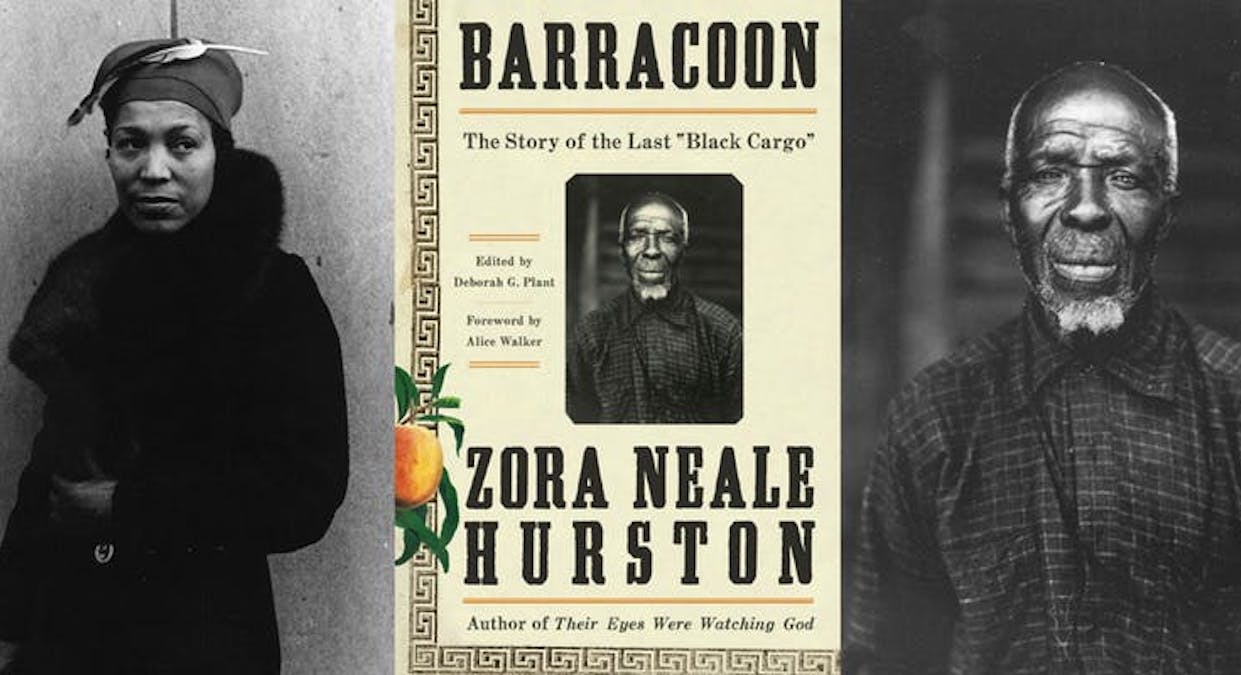Too Short for a Blog Post, Too Long for a Tweet 186
 Here is an excerpt from a book I recently read, "Barracoon: The Story of the Last 'Black Cargo,'" by Zora Neale Hurston.
Here is an excerpt from a book I recently read, "Barracoon: The Story of the Last 'Black Cargo,'" by Zora Neale Hurston.Hurston’s manuscript is an invaluable historical document, as Diouf points out, and an extraordinary literary achievement as well, despite the fact that it found no takers during her lifetime. In it, Zora Neale Hurston found a way to produce a written text that maintains the orality of the spoken word. And she did so without imposing herself in the narrative, creating what some scholars classify as orature. Contrary to the literary biographer Robert Hemenway’s dismissal of Barracoon as Hurston’s re-creation of Kossola’s experience, the scholar Lynda Hill writes that “through a deliberate act of suppression, she resists presenting her own point of view in a natural, or naturalistic, way and allows Kossula ‘to tell his story in his own way.’”
Zora
Neale Hurston was not only committed to collecting artifacts of African
American folk culture, she was also adamant about their authentic
presentation. Even as she rejected the objective-observer stance of
Western scientific inquiry for a participant-observer stance, Hurston
still incorporated standard features of the ethnographic and
folklore-collecting processes within her methodology. Adopting the
participant-observer stance is what allowed her to collect folklore
“like a new broom.” As Hill points out, Hurston was simultaneously
working and learning, which meant, ultimately, that she was not just
mirroring her mentors, but coming into her own.
Embedded
in the narrative of Barracoon are those aspects of ethnography and
folklore collecting that reveal Hurston’s methodology and authenticate
Kossola’s story as his own, rather than as a fiction of Hurston’s
imagination. The story, in the main, is told from Kossola’s first-person
point of view. Hurston transcribes Kossola’s story, using his
vernacular diction, spelling his words as she hears them pronounced.
Sentences follow his syntactical rhythms and maintain his idiomatic
expressions and repetitive phrases. Hurston’s methods respect Kossola’s
own storytelling sensibility; it is one that is “rooted ‘in African
soil.’” “It would be hard to make the case that she entirely invented
Kossula’s language and, consequently, his emerging persona,” comments
Hill. And it would be an equally hard case to make that she created
the life events chronicled in Kossola’s story.
Comments